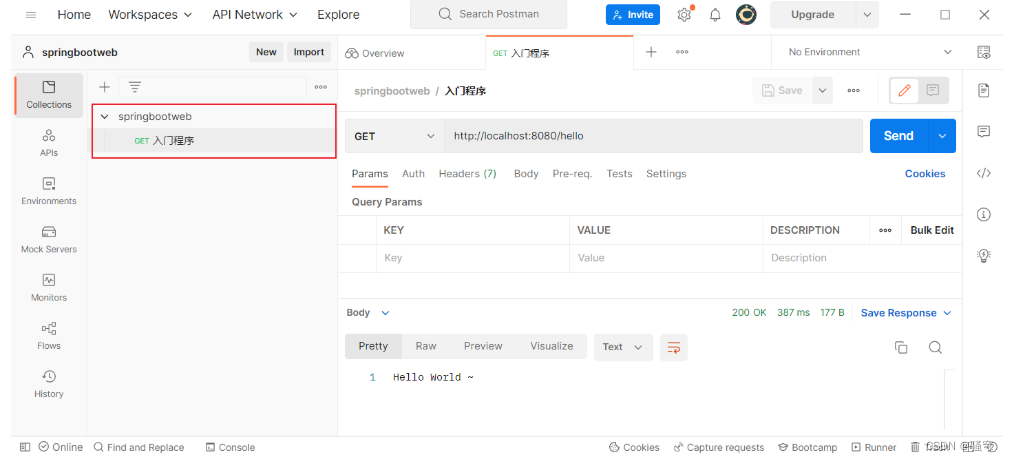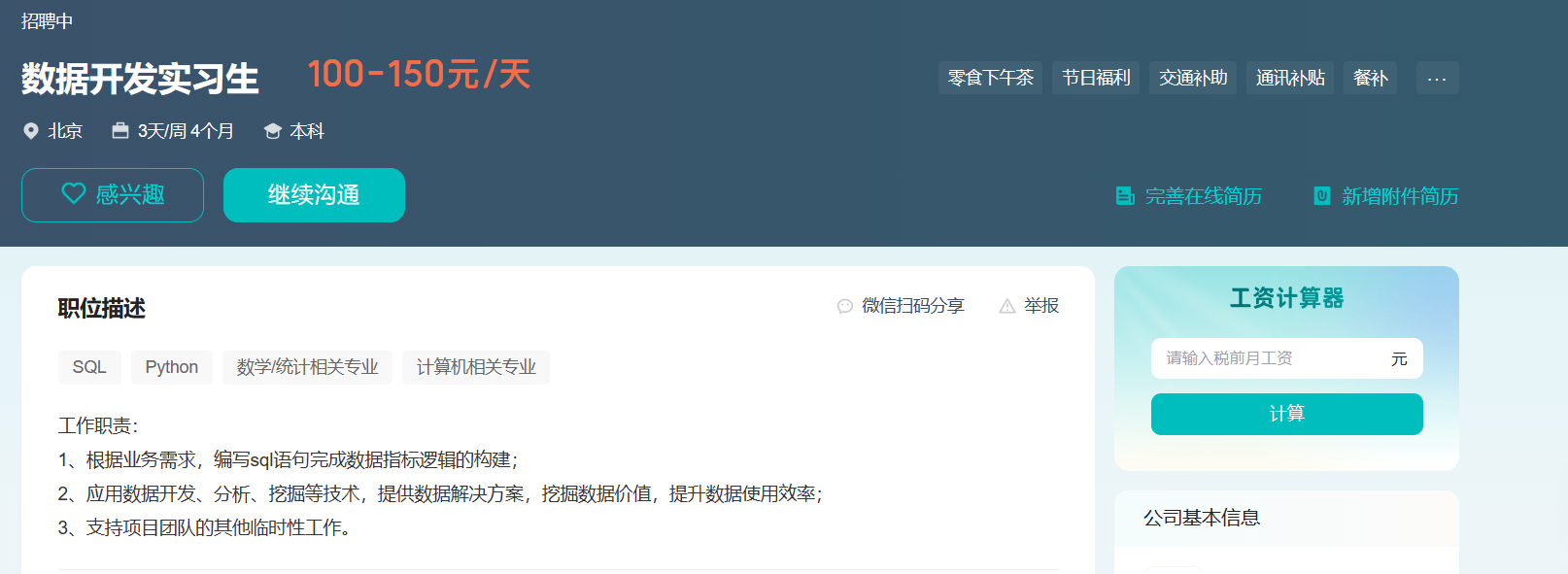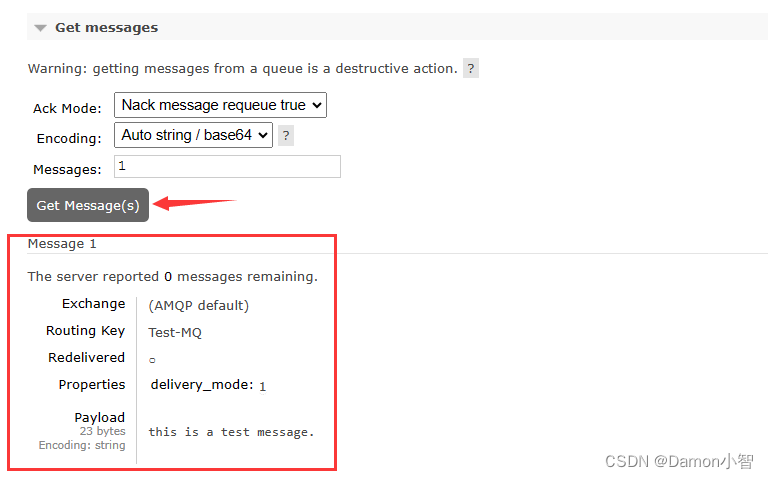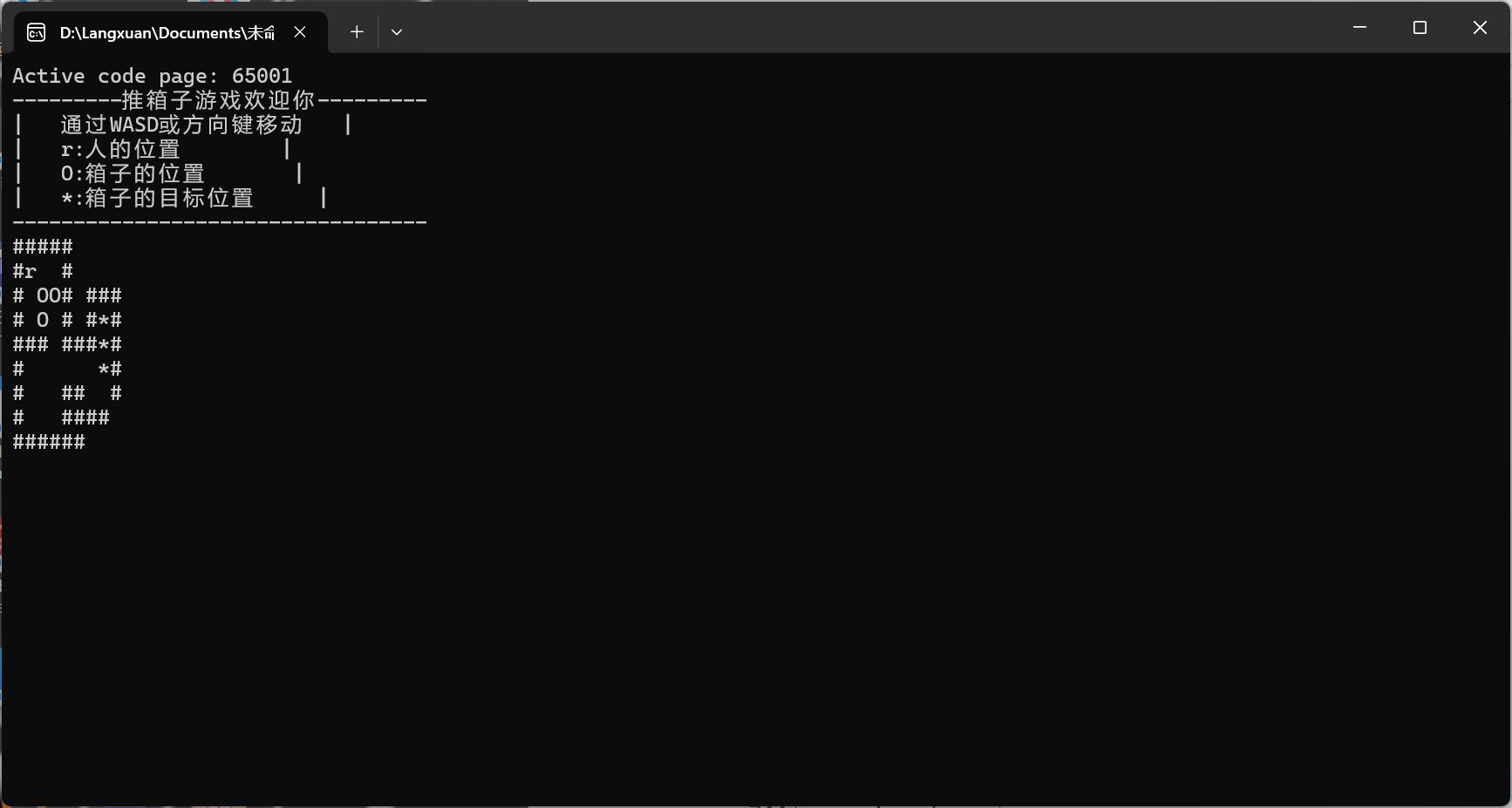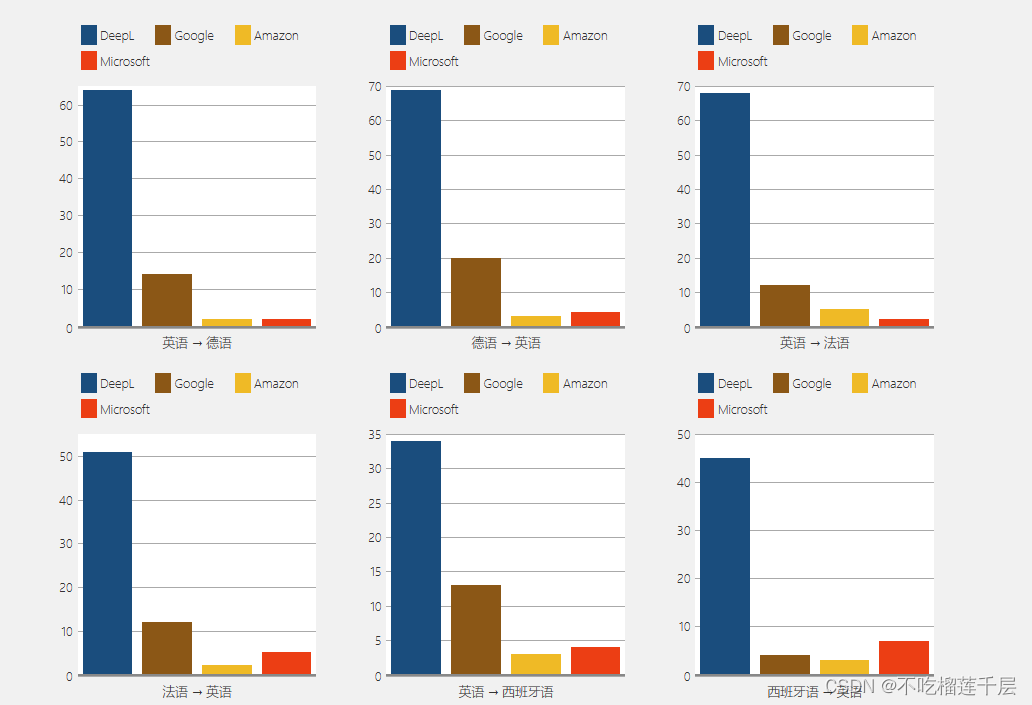c++提高部分
这部分主要涉及泛型编程和STL技术
1. 模版
1.1 模版的概念
模版就是通用的模具,大大提高复用性,但需要根据需求改动一些东西
1.2 函数模版
- c++另一种编程思想为泛型编程,主要利用的技术就是模版
- c++提供两种模版机制:函数模板和类模板
1.2.1 函数模板语法
函数模板语法
函数模板作用:
建立一个通用的函数,其函数返回值类型和形参类型可以不具体制定,用一个虚拟的类型来代表。
语法:
template<typename T>
函数声明或定义
解释:
template——声明创建模板
typena me——表明其后面的 符号为一种数据类型,可以用class代替。
T——通用的数据类型,名称可以替换,通常为大写字母。
#include<iostream>
using namespace std;
//函数模板
//两个整型交换
void SwapInt(int &a, int &b)
{
int temp = b;
b = a;
a = temp;
}
//两个浮点型交换
void SwapDouble(double &a,double & b)
{
double temp = a;
a = b;
b = temp;
}
//函数模板
//声明一个模板,告诉编译器后面的代码中紧跟着的T不要报错,T是一个通用数据类型
template<typename T>
void MySwap(T& a, T& b)
{
T Temp = a;
a = b;
b = Temp;
}
void test01()
{
int a = 10;
int b = 20;
//利用函数模板进行交换
//1.自动类型推导
MySwap(a, b);
cout << a << endl;
cout << b << endl;
double c = 11.1;
double d = 12.2;
//显示指定类型
MySwap<double>(c, d);
cout << c << endl;
cout << d << endl;
}
int main(void)
{
test01();
system("pause");
return 0;
}
总结:
函数模板利用关键字template
使用函数类型模板有两种方式:自动类型推导、显示指定类型
模板的目的是为了提高复用性,将类型参数化函数模板注意事项
1.2.2 函数模板注意事项:
- 自动类型推导,必须推导出一致的数据类型T才能使用
#include<iostream>
using namespace std;
template<typename T>
void myswap(T& a, T& b)
{
T temp = a;
a = b;
b = temp;
}
void test01()
{
int a = 10;
int b = 20;
char t = 'l';
//myswap(a, l); //不一样的数据类型使用模板会报错
cout << a << endl;
cout << b << endl;
}
int main()
{
test01();
system("pause");
return 0;
}
- 模板必须要确定出T的数据类型,才可以使用
#include<iostream>
using namespace std;
template<typename T>
void myswap(T& a, T& b)
{
T temp = a;
a = b;
b = temp;
}
template<typename T>
void func()
{
cout << "hello!" << endl;
}
void test01()
{
int a = 10;
int b = 20;
char t = 'l';
cout << a << endl;
cout << b << endl;
//func(); //模板必须要确定出T的数据类型,才可以使用
func<int>(); //或者这样,可以使用
}
int main()
{
test01();
system("pause");
return 0;
}
1.2.3 函数模板案例
案例描述:
- 利用函数模板封装一个排序的函数,可以对不用数据类型数组进行排序
- 排序规则从大到小,排序算法为选择排序
- 分别利用char数组和int数组进行测试
#include<iostream>
using namespace std;
template<class T>
void myswap(T& a, T& b)
{
T temp = a;
a = b;
b = temp;
}
template<class T>
void sort(T arr[], int len)
{
for (int i = 0; i < len; i++)
{
int flag = i;
for (int j = i + 1; j < len; j++)
{
if (arr[flag] < arr[j])
{
flag = j;
}
}
if (flag != i)
{
myswap(arr[i], arr[flag]);
}
}
}
template<class T>
void my_print(T arr[], int len)
{
for (int i = 0; i < len; i++)
{
cout << arr[i] << '\t';
}
cout << endl;
}
void test01()
{
char arr[] = "adecb";
int num = sizeof(arr) / sizeof(char);
sort(arr, num);
my_print(arr, num);
int n_arr[] = { 2,4,1,6,8,7 };
int num1 = sizeof(n_arr) / sizeof(int);
sort(n_arr, num1);
my_print(n_arr, num1);
}
int main()
{
test01();
system("pause");
return 0;
}
1.2.4 普通函数与函数模板的区别
普通函数与函数模板的区别:
- 普通函数调用时可以发生自动类型转换(隐式类型推导)
- 函数模板调用时,如果利用自动类型推导,不会发生隐式类型转换
- 如果利用显式指定类型的方式,可以发生隐式类型转换
#include<iostream>
using namespace std;
//普通函数与函数模板的区别
//普通函数调用可以发生隐式类型转换
//函数模板用自动类型推导不可以发生隐式类型转换
// 函数模板用显式指定类型 可以发生隐式类型转换
//普通函数隐式类型转换
int myAdd01(int a, int b)
{
return a + b;
}
//函数模板
template<class T>
T myAdd02(T a, T b)
{
return a + b;
}
void test01()
{
int a = 10;
int b = 20;
char c = 'c';
cout << myAdd01(a, c) << endl;
//自动类型推导不行
//cout << myAdd02(a, c) << endl;
//显式指定类型行
cout << myAdd02<int>(a, c) << endl;
}
int main(void)
{
test01();
system("pause");
return 0;
}
1.2.5 普通函数与函数模板的调用规则
调用规则如下:
- 如果函数模板和普通函数都可以实现,优先调用普通函数
- 可以通过空模板参数列表来强制调用函数模板
- 函数模板也可以发生重载
- 如果函数模板可以产生更好的匹配,优先调用函数模板
#include<iostream>
using namespace std;
void myPrint(int a, int b)
{
cout << "调用普通函数" << endl;
}
template<class T>
void myPrint(T a, T b)
{
cout << "调用模板" << endl;
}
template<class T>
void myPrint(T a, T b,T c)
{
cout << "调用重载模板" << endl;
}
void test01()
{
int a = 10;
int b = 20;
//如果函数模板和普通函数都可以调用。优先调用普通函数。普通函数只有声明会报错
myPrint(a, b);
//通过空模板的参数列表强制调用函数模板
myPrint<>(a,b);
//调用重载模板
myPrint(a, b, 100);
//如果函数模板产生更好的匹配,优先调用函数模板,两个char,普通函数还需要去同时转换为int,还不如直接给模板,直接转为T类型
char c1 = 'a';
char c2 = 'b';
myPrint(c1, c2);
}
int main(void)
{
test01();
system("pause");
return 0;
}
1.2.6 模板的局限性
#include<iostream>
#include<string>
using namespace std;
class Person
{
public:
Person(string name, int age)
{
this->name = name;
this->age = age;
}
string name;
int age;
};
template<class T>
bool compare(T& a, T& b)
{
if (a == b)
{
return true;
}
else
{
return false;
}
}
template <>bool compare(Person& a, Person& b)
{
if (a.age == b.age && a.name == b.name)
{
return true;
}
else
{
return false;
}
}
void test01()
{
Person s1("il", 20);
Person s2("il", 22);
bool ret = compare(s1, s2);
if (ret)
cout << "s1=s2" << endl;
else
cout << "s1!=s2" << endl;
}
int main()
{
test01();
system("pause");
return 0;
}
1.3 类模板
1.3.1 类模板基本语法
#include<iostream>
#include<string>
using namespace std;
template <class NameType, class AgeType>
class Person
{
public:
Person(NameType name, AgeType age)
{
this->m_age = age;
this->m_name = name;
}
NameType m_name;
AgeType m_age;
void show()
{
cout << this->m_age << endl;
cout << this->m_name << endl;
}
};
void test01()
{
//Person<string, int>里的string和int是给那个Name和AgeType导向的,后面直接跟对象
Person<string, int>p1("张三", 456);
p1.show();
}
int main()
{
test01();
system("pause");
return 0;
}
1.3.2 类模板与函数模板的不同
#include<iostream>
#include<string>
using namespace std;
template <class NameType, class AgeType = int> //类模板可以在这里指定默认参数类型
class Person
{
public:
Person(NameType name, AgeType age)
{
this->m_age = age;
this->m_name = name;
}
NameType m_name;
AgeType m_age;
void show()
{
cout << this->m_age << endl;
cout << this->m_name << endl;
}
};
//void test01()
//{
// Person<string, int>p1("张三", 456); //1.类模板必须用这种指定类型的方式赋值
// p1.show();
//}
void test02()
{
Person<string>p2("李逵", 26); //1.类模板必须用这种指定类型的方式赋值
p2.show();
}
int main()
{
//test01();
test02();
system("pause");
return 0;
}
1.3.3 类模板成员函数创建时机
#include<iostream>
#include<string>
using namespace std;
class Person1
{
public:
void func1()
{
cout << "this is Person1" << endl;
}
};
class Person2
{
public:
void func2()
{
cout << "this is Person2" << endl;
}
};
template <class T>
class Person
{
public:
T obj;
void show1()
{
obj.func1();
}
void show2()
{
obj.func2();
}
};
void test02()
{
Person<Person1>p1;
p1.show1();
}
int main()
{
//test01();
test02();
system("pause");
return 0;
}
类模板中的成员函数并不是一开始就创建的,在调用时才去创建。
1.3.4 类模板对象做函数参数
学习目标:
类模板实例化出的对象,向函数传参的方式
一共有三种传入方式
- 指定传入的类型——直接显式对象的数据类型
- 参数模板化——将对象中的参数变为模板参数进行传递
- 整个类模板化——将这个对象类型,模板化进行传递
#include<iostream>
#include<string>
using namespace std;
template <class T1, class T2>
class Person
{
public:
Person(T1 name, T2 age)
{
this->m_name = name;
this->m_age = age;
}
T1 m_name;
T2 m_age;
void showPerson()
{
cout << "姓名:" << this->m_name << endl;
cout << "年龄:" << this->m_age << endl;
}
};
//1.指定传入类型,一般最常用
void printPerson1(Person<string, int>& p1)
{
p1.showPerson();
}
void test01()
{
Person<string, int>p1("孙悟空", 1520);
printPerson1(p1);
}
//2.参数模板化
template<class T1, class T2>
void printPerson2(Person<T1, T2>& p2)
{
p2.showPerson();
cout << typeid(T1).name() << endl; //查看推测的数据类型
cout << typeid(T2).name() << endl;
}
void test02()
{
Person<string, int>p2("杀神", 320);
printPerson2(p2);
}
//3.整个类模板化
template<class T>
void printPerson3(T& p3)
{
p3.showPerson();
cout << typeid(T).name() << endl; //查看推测的数据类型
}
void test03()
{
Person<string, int>p3("刀郎", 6820);
printPerson3(p3);
}
int main()
{
test01();
test02();
test03();
system("pause");
return 0;
}
1.3.5 类模板与继承
当类模板碰到继承时,需要注意一下几点:
- 当子类继承的父类是一个类模板时,子类在声明的时候,要指定出父类中T的类型
- 如果不想指定,编译器无法给子类分配内存‘
- 如果想灵活指定出父类中T的类型,子类也需要变为类模板

#include<iostream>
#include<string>
using namespace std;
template <class T>
class Base
{
T obj;
};
class Son :public Base<int> //必须要知道父类中T的数据类型才能继承给子类
{
};
void test01()
{
Son s1;
}
//如果想灵活指定父类中T类型,子类也需要变类模板
template<class T1, class T2>
class Son2 :public Base<T2>
{
public:
Son2()
{
cout << typeid(T1).name() << endl;
cout << typeid(T2).name() << endl;
}
T1 obj;
};
void test02()
{
Son2<int, char>s2;
}
int main()
{
test01();
test02();
system("pause");
return 0;
}
1.3.6 类模板成员函数类外实现
能够掌握类模板中的成员函数类外实现
#include<iostream>
#include<string>
using namespace std;
template <class T1, class T2>
class Base
{
public:
Base(T1 name, T2 age);
void show();
T1 m_name;
T2 m_age;
};
template <class T1, class T2>
Base<T1, T2>::Base(T1 name, T2 age)
{
this->m_name = name;
this->m_age = age;;
}
template <class T1, class T2>
void Base<T1, T2>::show()
{
cout << "姓名为:" << this->m_name << endl;
cout << "年龄为:" << this->m_age << endl;
}
void test01()
{
Base<string, int> b1("李青", 80);
b1.show();
}
int main()
{
test01();
system("pause");
return 0;
}
1.3.7 类模板分文件编写
学习目标:
掌握类模板成员函数分文件编写产生的问题以及解决方式
问题:
类模板中成员函数创建时机是在调用阶段,导致分文件编写时链接不到
1.类模板分文件编写.cpp文件中只写test01(),和main函数
#include<iostream>
#include"Base.h"
void test01()
{
Base<string, int> b1("李青", 80);
b1.show();
}
int main()
{
test01();
system("pause");
return 0;
}
2.创建Base.h头文件
#pragma once
#include<iostream>
#include<string>
using namespace std;
template <class T1, class T2>
class Base
{
public:
Base(T1 name, T2 age);
void show();
T1 m_name;
T2 m_age;
};
3.创建Base.cpp源文件
#include"Base.h"
template <class T1, class T2>
Base<T1, T2>::Base(T1 name, T2 age)
{
this->m_name = name;
this->m_age = age;;
}
template <class T1, class T2>
void Base<T1, T2>::show()
{
cout << "姓名为:" << this->m_name << endl;
cout << "年龄为:" << this->m_age << endl;
}
此时编译没问题,但是运行会有问题。运行的时候编译器只是看到了Base.h头文件的文件内容两次,并没有看到实现。
解决:
解决方式1:类模板分文件编写.cpp文件中直接包含Base.cpp源文件
#include<iostream>
#include"Base.cpp"
void test01()
{
Base<string, int> b1("李青", 80);
b1.show();
}
int main()
{
test01();
system("pause");
return 0;
}
解决方式2:将声明.h和实现.cpp在到同一个文件中,并更改后缀名为.hpp,hpp是约定俗成的名称,并不是强制
- 在头文件部分新建Base.hpp源文件,其中包含Base.h和Base.cpp文件的内容
#pragma once
#include<iostream>
#include<string>
using namespace std;
template <class T1, class T2>
class Base
{
public:
Base(T1 name, T2 age);
void show();
T1 m_name;
T2 m_age;
};
template <class T1, class T2>
Base<T1, T2>::Base(T1 name, T2 age)
{
this->m_name = name;
this->m_age = age;;
}
template <class T1, class T2>
void Base<T1, T2>::show()
{
cout << "姓名为:" << this->m_name << endl;
cout << "年龄为:" << this->m_age << endl;
}
- 类模板分文件编写.cpp文件中直接包含Base.hpp源文件
#include<iostream>
#include"Base.hpp"
void test01()
{
Base<string, int> b1("李青", 80);
b1.show();
}
int main()
{
test01();
system("pause");
return 0;
}
1.3.8 类模板与友元
- 类内实现
#include<iostream>
#include<string>
using namespace std;
template <class T1, class T2>
class Perosn
{
//友元类内实现
friend void show(Perosn<string, int>p)
{
cout << "姓名:" << p.m_name << ",年龄:" << p.m_age << endl;
}
public:
Perosn(T1 name, T2 age)
{
this->m_name = name;
this->m_age = age;
}
private:
T1 m_name;
T2 m_age;
};
void test01()
{
Perosn<string, int>p1("张三", 45);
show(p1);
}
int main()
{
test01();
system("pause");
return 0;
}
- 类外实现
#include<iostream>
#include<string>
using namespace std;
//提前让编译器知道Person类的存在
template<class T1, class T2 >
class Person;
//类外实现
template<class T1, class T2>
void show_p(Person<T1, T2>p)
{
cout << "姓名:" << p.m_name << ",年龄:" << p.m_age << endl;
}
template <class T1, class T2>
class Person
{
//加空模板参数列表
friend void show_p<>(Person<T1, T2>p);
public:
Person(T1 name, T2 age)
{
this->m_name = name;
this->m_age = age;
}
private:
T1 m_name;
T2 m_age;
};
void test01()
{
Person<string, int>p1("小期待", 154);
show_p(p1);
}
int main()
{
test01();
system("pause");
return 0;
}
在此例中,全局函数friend void show_p<>(Person<T1, T2>p);这是一个普通函数,得让编译器提前知道全局函数的存在,也需要知道Person是一个模板。
1.3.9 类模板案例
案例描述:
- 可以对内置数据类型以及自定义数据类型的数据进行存储
- 将数组中的数据存储到堆区
- 构造函数中可以传入数组的容量
- 提供对应的拷贝构造函数以及operator=防止浅拷贝问题
- 提供尾插法和尾删法对数组中的数据进行增加和删除
- 可以通过下标的方式访问数组中的元素
- 可以获取数组汇中当前元素个数和数组的容量
- MyArray.hpp文件中编写
#pragma once
#include<iostream>
#include<string>
using namespace std;
template <class T>
class Myarray
{
public:
//有参构造函数
Myarray(int capacity)
{
cout << "MyArry的有参构造函数调用" << endl;
this->m_Capacity = capacity;
this->m_Size = 0;
this->pAddress = new T[this->m_Capacity];
}
//拷贝构造函数
Myarray(Myarray& m1)
{
cout << "MyArry的拷贝构造函数调用" << endl;
this->m_Capacity = m1.m_Capacity;
this->m_Size = m1.m_Size;
//深拷贝
this->pAddress = new T[this->m_Capacity];
for (int i = 0; i < m1.m_Size; i++)
{
this->pAddress[i] = m1.pAddress[i];
}
}
//赋值符重载
Myarray& operator =(Myarray& arr)
{
cout << "MyArry的operator=调用" << endl;
//先判断原来堆区是否有数据,如果有先释放
if (this->pAddress != NULL)
{
delete[] this->pAddress;
this->pAddress = NULL;
this->m_Capacity = 0;
this->m_Size = 0;
}
//深拷贝
this->m_Capacity = arr.m_Capacity;
this->m_Size = arr.m_Size;
this->pAddress = new T[arr.m_Capacity];
for (int i = 0; i < this->m_Size; i++)
{
this->pAddress[i] = arr.pAddress[i];
}
return *this;
}
~Myarray()
{
if (this->pAddress != NULL)
{
cout << "析构函数!" << endl;
delete[] this->pAddress;
this->pAddress = NULL;
}
}
private:
T* pAddress;//指针指向堆区开辟的真实数组
int m_Capacity;//数组容量
int m_Size;//数组大小
};
- 类函数模板.cpp文件编写
#include<iostream>
#include"MyArray.hpp"
void test01()
{
Myarray<int>a1(5);
Myarray<int>a2(a1);
Myarray<int>a3(12);
a3 = a1;
}
int main()
{
test01();
system("pause");
return 0;
}
- 在MyArray.hpp文件中继续编写统计大小、统计容量、[]重载(用于显示值)、尾插法、尾删法
#pragma once
#include<iostream>
#include<string>
using namespace std;
template <class T>
class Myarray
{
public:
//有参构造函数
Myarray(int capacity)
{
//cout << "MyArry的有参构造函数调用" << endl;
this->m_Capacity = capacity;
this->m_Size = 0;
this->pAddress = new T[this->m_Capacity];
}
//拷贝构造函数
Myarray(Myarray& m1)
{
//cout << "MyArry的拷贝构造函数调用" << endl;
this->m_Capacity = m1.m_Capacity;
this->m_Size = m1.m_Size;
//深拷贝
this->pAddress = new T[this->m_Capacity];
for (int i = 0; i < m1.m_Size; i++)
{
this->pAddress[i] = m1.pAddress[i];
}
}
//赋值符重载
Myarray& operator =(Myarray& arr)
{
//cout << "MyArry的operator=调用" << endl;
//先判断原来堆区是否有数据,如果有先释放
if (this->pAddress != NULL)
{
delete[] this->pAddress;
this->pAddress = NULL;
this->m_Capacity = 0;
this->m_Size = 0;
}
//深拷贝
this->m_Capacity = arr.m_Capacity;
this->m_Size = arr.m_Size;
this->pAddress = new T[arr.m_Capacity];
for (int i = 0; i < this->m_Size; i++)
{
this->pAddress[i] = arr.pAddress[i];
}
return *this;
}
//中括号重构,返回值
T& operator [](int index)
{
return this->pAddress[index];
}
//尾插
void push_add(T& val)
{
if (this->m_Capacity == this->m_Size)
return;
else
{
this->pAddress[this->m_Size] = val;
this->m_Size++;
}
}
//尾删
void push_del()
{
if (this->m_Size == 0)
return;
else
{
this->m_Size--;
}
}
//统计大小
int get_size()
{
return this->m_Size;
}
//统计容量
int get_capacity()
{
return this->m_Capacity;
}
//析构函数
~Myarray()
{
if (this->pAddress != NULL)
{
//cout << "析构函数!" << endl;
delete[] this->pAddress;
this->pAddress = NULL;
}
}
private:
T* pAddress;//指针指向堆区开辟的真实数组
int m_Capacity;//数组容量
int m_Size;//数组大小
};
- 类函数模板.cpp文件中测试普通数据
#include<iostream>
#include"MyArray.hpp"
void print_arr(Myarray<int>& a1)
{
for (int i = 0; i < a1.get_size(); i++)
{
cout << a1[i] << endl;
}
}
void test01()
{
Myarray<int>a1(5);
for (int i = 0; i < 5; i++)
{
a1.push_add(i);
}
cout << "插入之后的数据为:" << endl;
print_arr(a1);
cout << "数组的容量为:" << a1.get_capacity() << endl;
cout << "数组的大小为:" << a1.get_size() << endl;
a1.push_del();
cout << "删除之后的数据为:" << endl;
print_arr(a1);
cout << "数组的容量为:" << a1.get_capacity() << endl;
cout << "数组的大小为:" << a1.get_size() << endl;
}
int main()
{
test01();
system("pause");
return 0;
}
- 在类函数模板.cpp文件中测试结构体数据
#include<iostream>
#include"MyArray.hpp"
class Person
{
public:
Person() {};
Person(string name, int age)
{
this->m_name = name;
this->m_age = age;
}
string m_name;
int m_age;
};
void PrintPersonArry(Myarray<Person>& arr)
{
for (int i = 0; i < arr.get_size(); i++)
{
cout << "姓名为:" << arr[i].m_name << "年龄为:" << arr[i].m_age << endl;
}
}
void test02()
{
Myarray<Person>arr(10);
Person p1("伞兵1", 21);
Person p2("伞兵2", 22);
Person p3("伞兵3", 23);
Person p4("伞兵4", 24);
Person p5("伞兵5", 25);
//将数据插入到数组中
arr.push_add(p1);
arr.push_add(p2);
arr.push_add(p3);
arr.push_add(p4);
arr.push_add(p5);
//打印数组
PrintPersonArry(arr);
//输出容量
cout << "arr容量为" << arr.get_capacity() << endl;
//输出大小
cout << "arr大小为" << arr.get_size() << endl;
}
int main()
{
test02();
system("pause");
return 0;
}
2. STL
2.1 STL的诞生
- 长久以来,软件届就一直希望建立一种可重复利用的东西
- C++的面向对象和泛型编程思想,目的就是复用性的提升
- 大多情况下,数据结构和算法都未能有一套标准,导致被迫从事大量重复工作
- 为了建立数据结构和算法的一套标准,诞生了STL
2.2 STL基本概念
- STL(Standard Template Library,标准模板库)
- STL从广义上分为:容器(container)算法(algorithm)迭代器(iterator)
- 容器和算法之间通过迭代器进行无缝连接
- STL几乎所有的代码都采用了模板类或者模板函数
2.3 STL六大组件
STL大体分为六大组件,分别是:容器、算法、迭代器、仿函数、适配器(配接器)、空间配置器。
- 容器:各种数据结构,如vector、list、deque、set、map等,用来存放数据。
- 算法:常用的各种算法,如sort、find、copy、for_each等
- 迭代器:扮演了容器与算法之间的胶合剂
- 仿函数:行为类似函数,可作为算法的某种策略
- 适配器:一种用来修饰容器或者仿函数或迭代器结构的东西。
- 空间配置器:负责空间的配置与管理。
2.4 STL中容器、算法、迭代器的概念
容器:置物之所也
STL容器就是将运用最广泛的一些数据结构实现出来
常用的数据结构:数组、链表、树、栈、队列、集合、映射表等
这些容器分为序列式容器和关联式容器
-
序列式容器:强调值的排序,序列式容器中的每个元素均有固定的位置
-
关联式容器:二叉树结构体,各元素之间没有严格上的物理上的顺序关系
算法:问题之解法也
有限的步骤,解决逻辑或数学上的问题,这一门学科我们叫做算法(Algorithms)
算法分为:质变算法和非质变算法
-
质变算法:是指运算过程中会更改区间内元素的内容。例如拷贝、查找、删除等等
-
非质变算法:是指在运算过程中不会更改区间内的元素内容,例如查找、
计数、遍历、寻找极值等等
迭代器:容器和算法之间的的粘合剂
提供一种方法,使之能够依序寻访某个容器所含的各个元素,而又无需暴露该容器的内部表示方式。



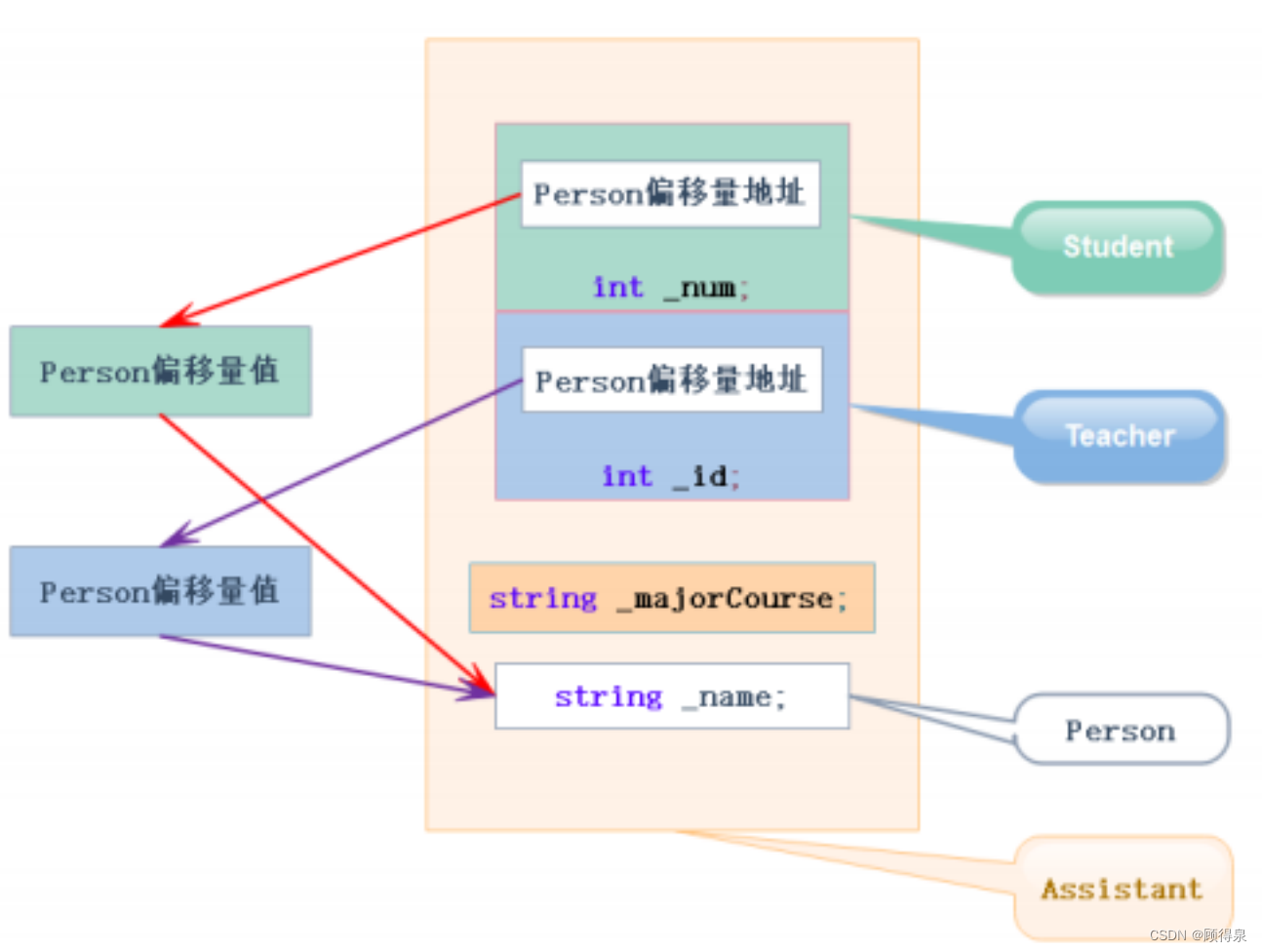
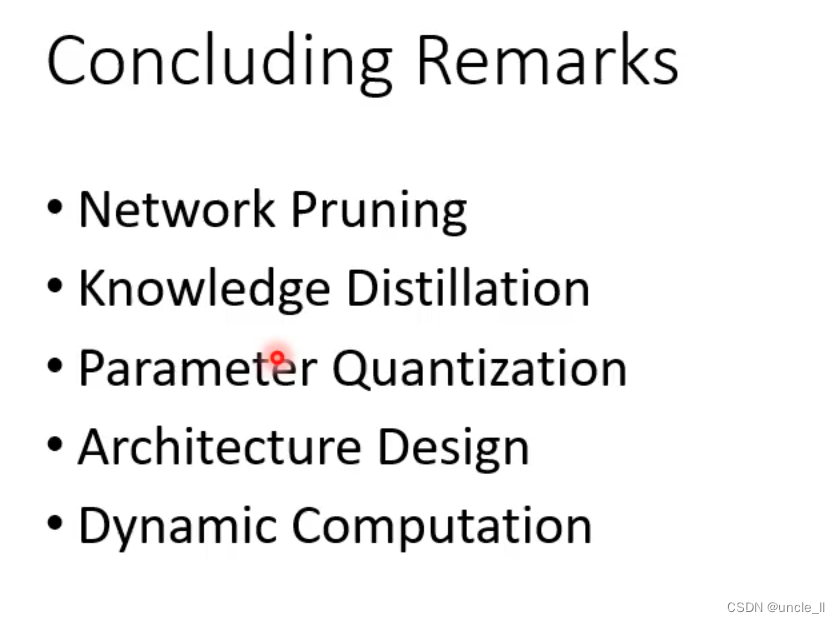
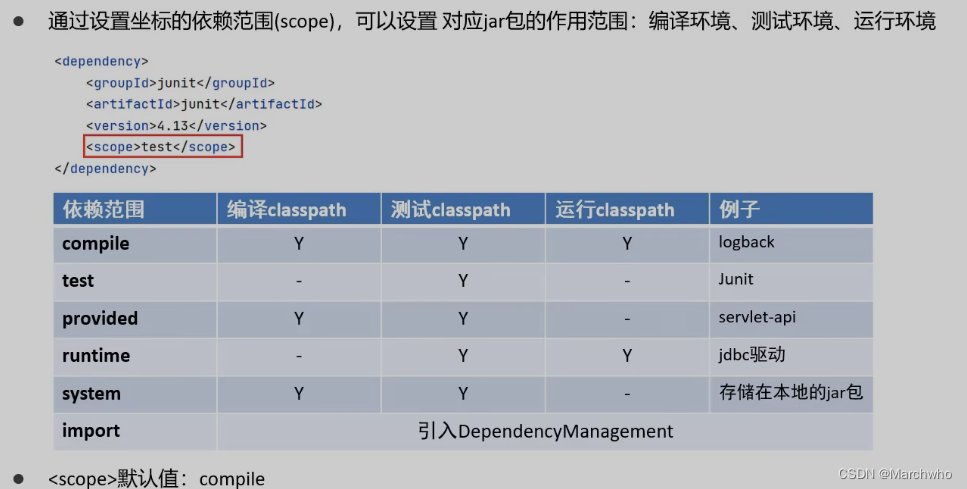
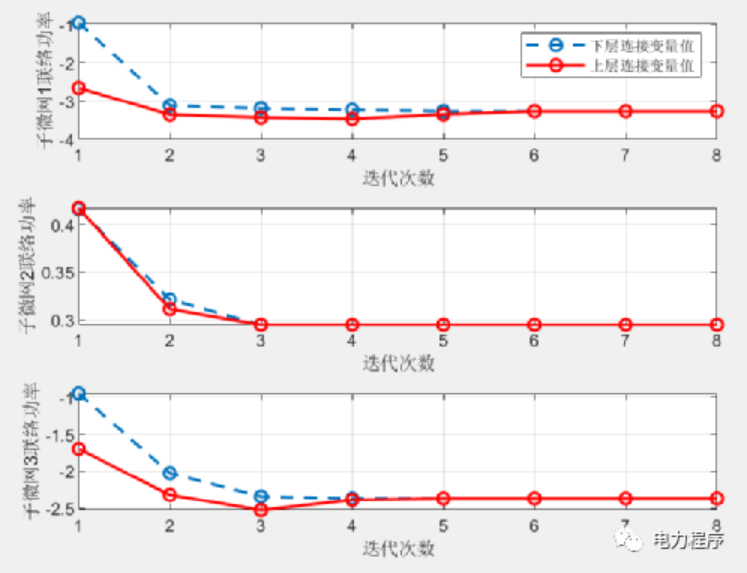


![【动态规划.3】[IOI1994]数字三角形 Number Triangles](https://img-blog.csdnimg.cn/direct/7931675d8d7f4db5a0d78e51aae6ff94.png)

